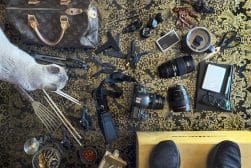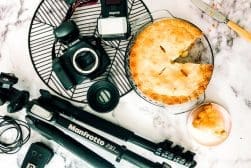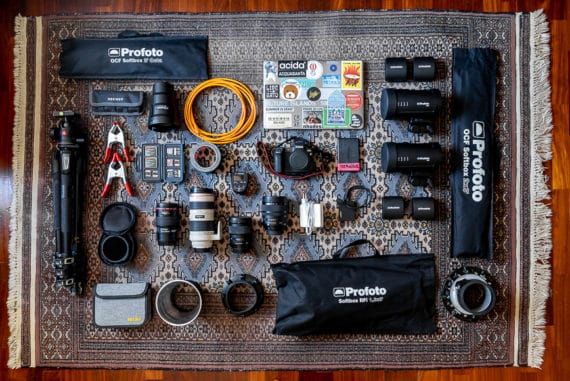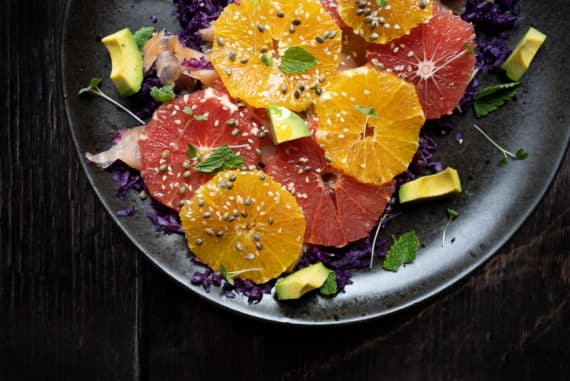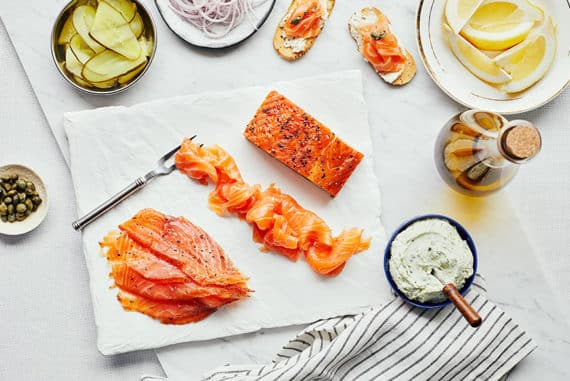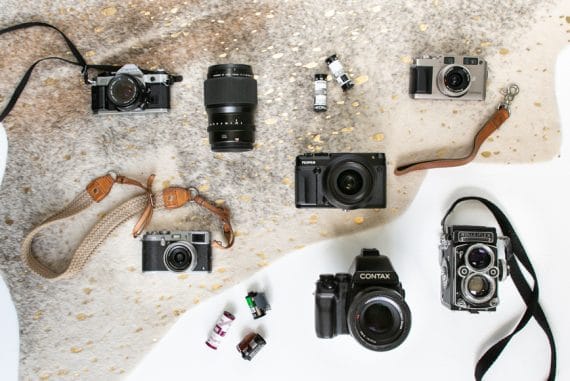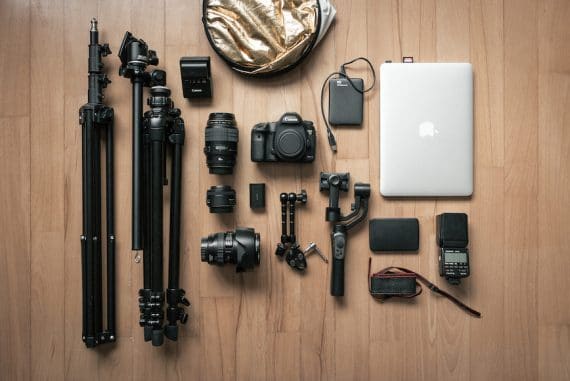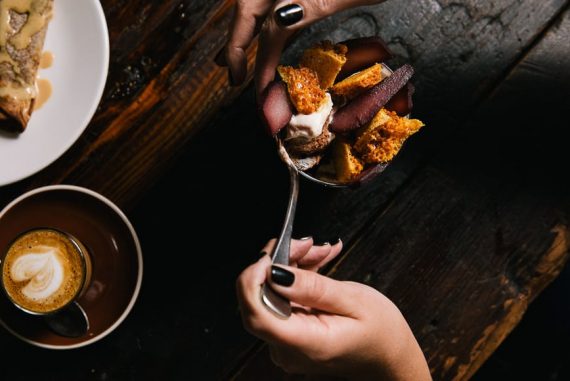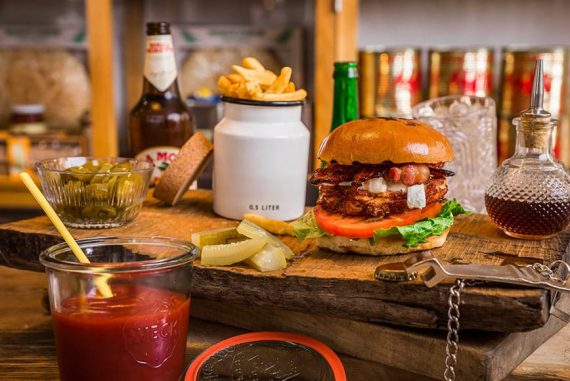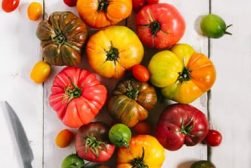Food Photographers
If you’re thinking about trying your hand at food photography or want to make some delicious new additions to your portfolio, you’re in the right place.
This is where we take a look inside the camera bags of professional food photographers from around the world. We find out what gear they use and why they love it.
And we find out how they use their camera equipment – cameras, lenses, tripods, lighting, and all the other handy bits and pieces – to make their work unique.
Dig deep enough into these features and you’ll even find answers to questions like, why do food photographers keep snack bars in their bags? And why do they carry objects like tweezers and brushes and oil?
In truth, food photography is a unique and interesting genre – and perhaps not as easy as it might seem at first glance.
If you want to become a professional food photographer, you’ll need to have (or develop) an eye for styling. Food photography and food styling are closely intertwined: a technically brilliant shot might be completely useless to a client if the food on the plate looks messy or unappealing.
That might mean getting the hang of how to use props to create an impression that goes beyond the food itself.
Oranges in a square white bowl on a clean countertop creates a modern, minimalist vibe. Oranges strewn across a rustic tablecloth bathed in afternoon sunlight evokes the romance of a Mediterranean summer.
In other words, the presentation of food counts. Some photographers say you have to dress the food like you would a model.
That’s just one of the reasons why food photography takes time and practice to master.
It’s true that, on one hand, food photography sounds easier than shooting live subjects. Food doesn’t run around or blink in the middle of a portrait.
But on the other hand, it has its own unique challenges. Often, you need to be quick. Try nailing the perfect shot of an ice-cream dish on a hot day… before it starts to melt. Or making a burger look fresh when the lettuce is wilting.
In this sense, having the perfect gear is less critical than knowing how to use it. When time is of the essence, you’ll want to know exactly which lens to throw onto your camera and how to light the shot.
Indeed, some foot photographers’ kits as featured here are incredibly simple and minimal – just a DSLR, say, and a couple of lenses.
Others have more complex kits with multiple camera bodies, a mix of primes and zoom lenses, tripods and clamps, c-stands for getting overhead shots, and a bunch of other bells and whistles.
Much of this comes down to the style of the photographer and the types of jobs they do. If you’re shooting for your own food blog, for example, you could start out with much less than if you’re looking to shoot professionally for a wide range of clients.
Ultimately, food photography is a fun and rewarding genre to get into. Learning about how others have approached it and what gear they’ve invested in can save you a lot of trial and error.
So take a look. And bon appetit.





